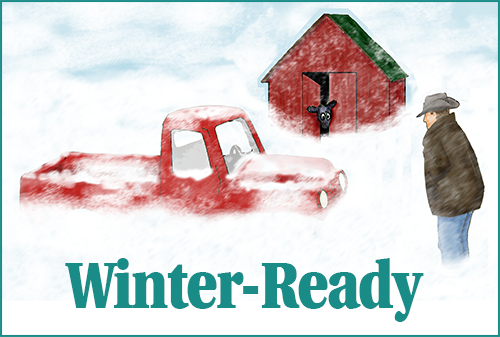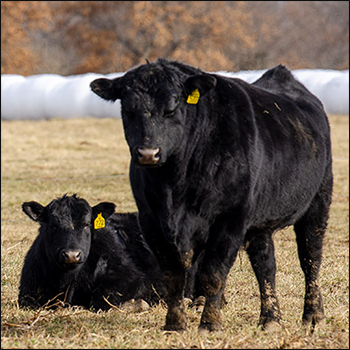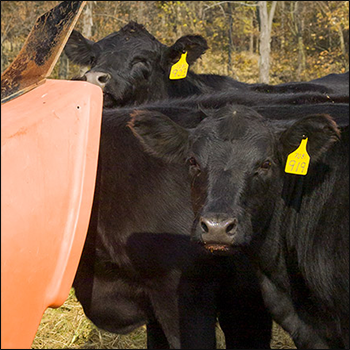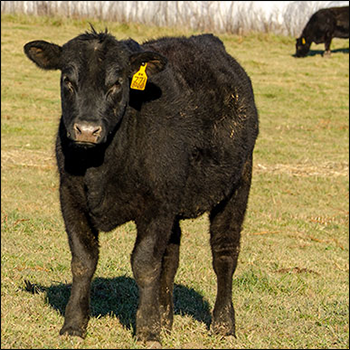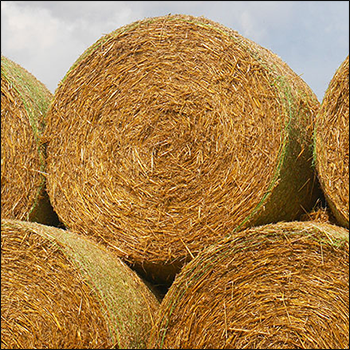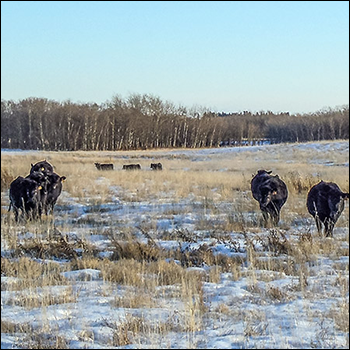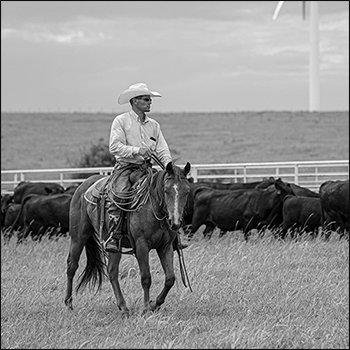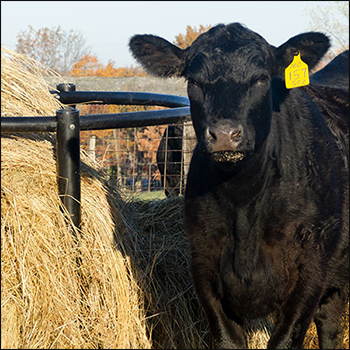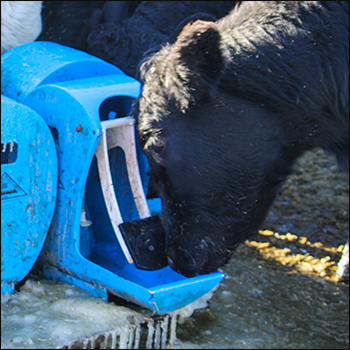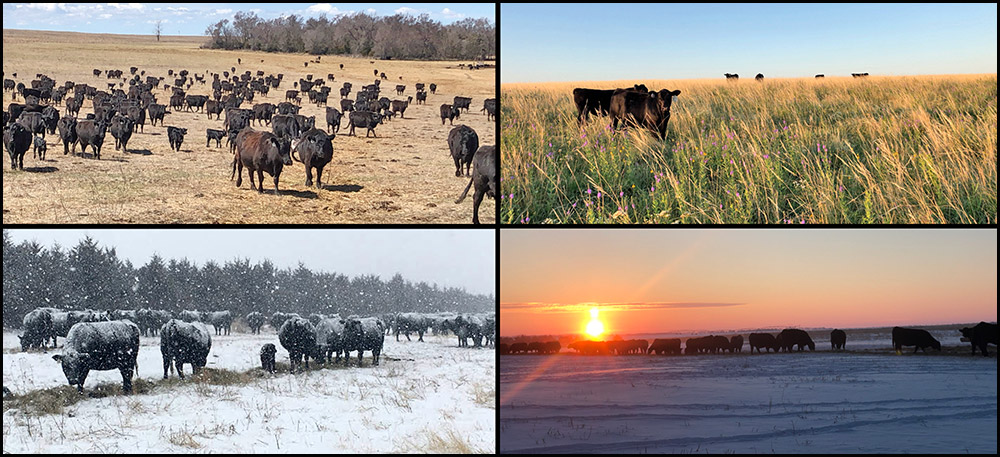
Angus Proud: Jeremy Stevens
Nebraska operation is self-sufficient for feedstuffs despite sandy soil.

Feedstuffs are a cattle operation’s biggest expense, but one Nebraska operation has figured out a way to be completely feed self-sufficient.
Stevens Cattle Co. is in northern Nebraska, not too far from the South Dakota border. Jeremy Stevens works with his dad to raise their Angus cattle. They manage about 450 Angus cows and use all Angus bulls. They develop about 150 bred heifers and take in other cattle during the summertime. He says they background about 1,200 steers and heifers in the wintertime because they have enough feed resources available.
“We put up all of our own hay and feed,” Stevens says. “Our county has an endless supply of feed. In the wintertime, we have cornstalks to graze, and we put up tons of hay. We also have small grains like sudangrass and millets.”
Although they have an optimal climate for raising cattle, there are a few challenges that the operation deals with from time to time.
“Our grass is far enough away that we have to haul our pairs to that land,” Stevens says. “It’s not a huge challenge, but we have to make sure the cattle get to where they need to be.”
The area has adapted to overcome obstacles of earlier generations.
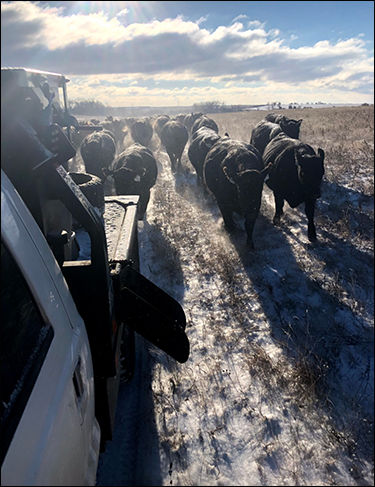
“The vigor of these cattle impresses me,” says Jeremy Stevens. “They can be born in bitter cold, and the mothering ability and the vigor of the calves allows them to jump right up and suck. Most of them take right off.” |
“When my grandpa first came here, it was hard to grow crops,” Stevens says. “Water wasn’t very far away, but there was no irrigation. Now, we have great irrigation systems that allow us to grow good crops in this sandy soil.”
Stevens’ calving season has adapted to fit his needs and the timing of his farming activities. He used to calve in the winter, but has since switched to a spring calving season.
“I used to calve in January and February to allow us time to start farming in the spring,” Stevens says, “but we started renting out all our farm ground. So, I started pushing my heifers and cows back to March. The past few winters have also been really harsh for calving.”
Stevens grew up raising Charolais cattle, but he decided to switch to Angus.
“I grew up carrying big Charolais calves to the barn in snowstorms,” Stevens says. “Ever since I was a little kid, I would drive by a pasture with a bunch of black cows, and I thought that was the coolest thing. I just knew someday I would have a bunch of green tractors and black cows.”
Besides his childhood dreams of owning black cattle, Stevens values the traits of the Angus breed that make them versatile in almost any environment.
“The vigor of these cattle impresses me,” Stevens says. “They can be born in bitter cold, and the mothering ability and the vigor of the calves allows them to jump right up and suck. Most of them take right off.”
The appeal of the Angus breed does not stop there, he says.
“All of my premiums are based around the Angus breed through [the] Certified Angus Beef® [brand] and other programs,” Stevens says. “That’s really impressive to me.”
Editor’s note: Photos courtesy Jeremy Stevens.
